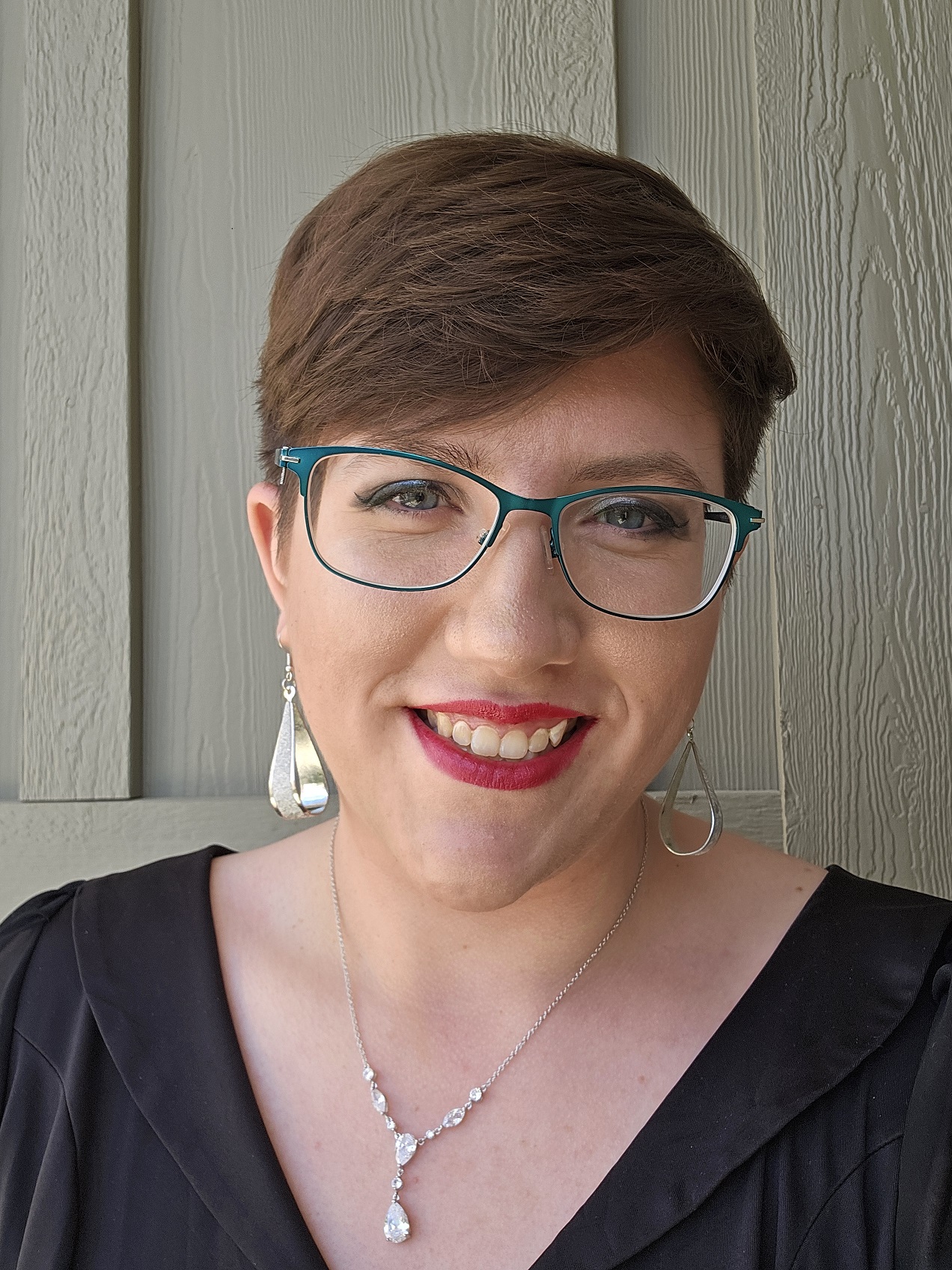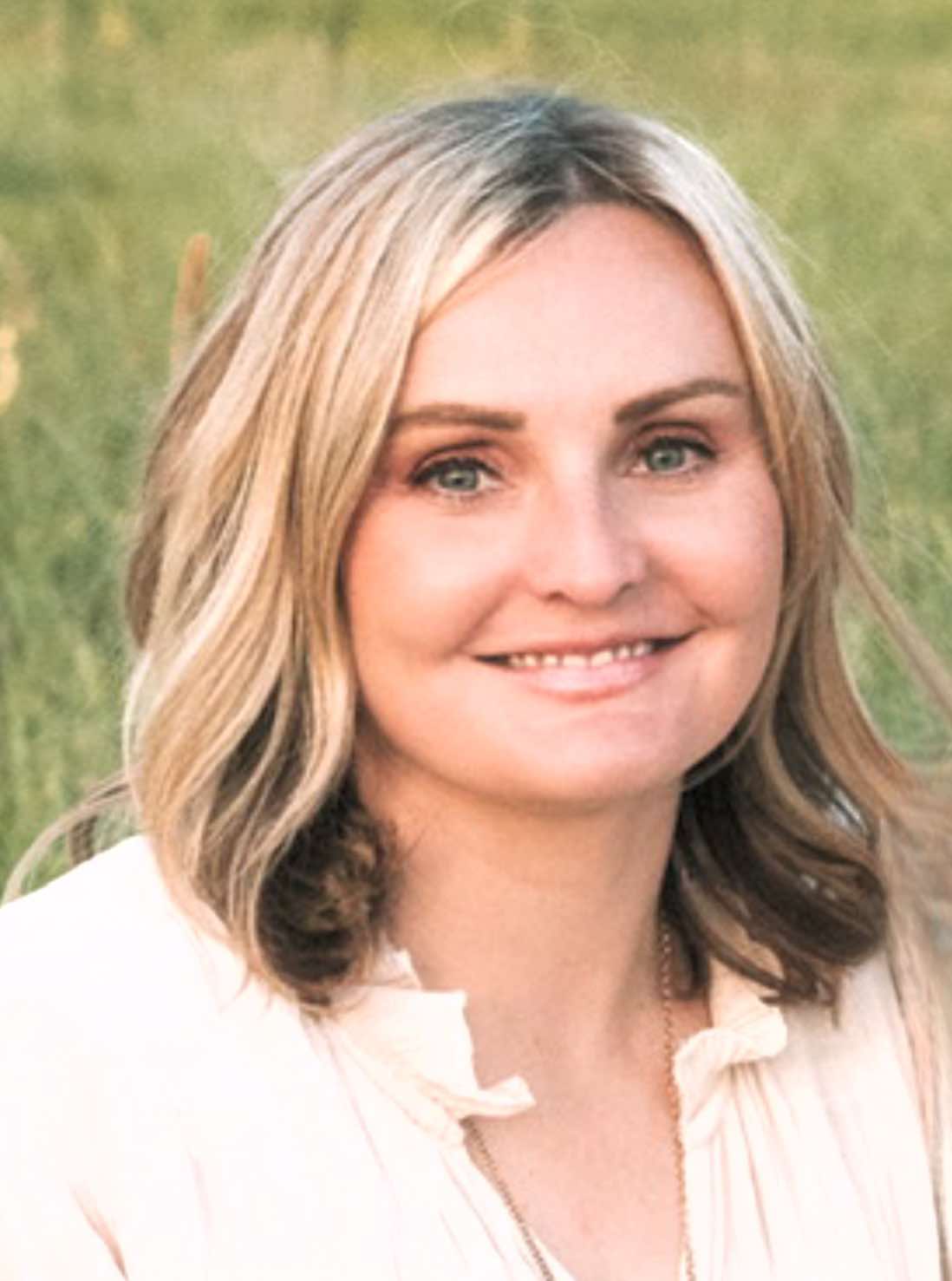I’ve been self-employed for over a year, mostly doing side gigs and odd jobs. At first, it was out of necessity. I found myself out of a job and had a hard time finding a new one. For months, I went back and forth between loving and resenting self-employment. The pay is low and inconsistent, there are no benefits, the schedule is chaotic, my career path seems uncertain, and I could go on. Every so often, I’d send out a mad flurry of resumes to every job I thought I could possibly be qualified for. I haven’t gotten any responses yet.
It’s become clear that something specific is in the works for me. In the meantime, all I need to do is wait, prepare, and learn to love this phase of life, which has blessed me with opportunities to preserve and foster my spiritual and creative sides.
Here are some lessons that have blessed me throughout my self-employment journey creatively and spiritually.
It’s a Trial of Faith
When I first became self-employed, my life was fear-based. I worked long hours and pushed myself too hard to pay my bills. Sometimes, that effort still wasn’t sufficient. I often had to take time off as I panicked and broke down over feeling stuck, as if nothing I did was enough. I couldn’t take breaks. As I saw it, if I had the opportunity to make money, I had no excuse not to be working. The nature of my work meant there was always opportunity. Not a waking minute passed when I wasn’t stressed about not doing enough.
I’d been struggling to be active in church for years, and I was afraid to talk to Heavenly Father. Through a series of miracles big and small, I started to open back up to Him, and in turn, He helped me build my faith. I could take real breaks that didn’t involve stressing over the money I wasn’t making. Learning to leave my worries in God’s hands helped all aspects of my health, not just the spiritual.
It’s Not About the Money
It took me over a year to learn which goals and mindsets wouldn’t overwhelm me. I don’t always hit my goals, but it’s not because they are bad.
I’ve been striving to live with spiritual conviction by utilizing my spiritual gifts, following promptings, and knowing at all times that I am exactly where I need to be, doing exactly what I need to be doing. This conviction leaves no room for regret or fear of failure. Living by faith has blessed my life tremendously.
I often find myself on spiritual side quests as I follow my promptings. These endeavors take time away from the hours I would have worked, but I have never regretted following the Spirit. My faith has grown, I’ve seen blessings in my life and the lives I’ve touched, and somehow, I am always able to pay my bills.
God Is in the Details
Heavenly Father regularly uses my side gigs and odd jobs to teach me lessons and remind me He is present. Once while working for DoorDash, I was prompted to accept all food delivery orders that came through, even if I’d lose time or money by fulfilling them. As He instructed me to take on this challenge, He reminded me that I would serve others by offering my time—one of the few resources I had to give. He told me, “If all you ever shared only came from the excess you neither wanted nor needed, then where is your glory?” I am constantly overwhelmed by His wisdom, love, and all He teaches me.
As I have taken the time to develop my relationship with God and do what He asks of me, I’ve been reminded that I am building myself and my future into something greater than I now comprehend. Though I’ve often felt like I’m failing or falling behind because I don’t have a career or substantial income, I have received many promised blessings. I see that the changes within myself are preparing me for a successful future.
Reconnecting with my Inner Artist
I’ve always wanted to be a full-time author. I don’t think that goal is next on my agenda, but writing has always been important to me. It turns out that it’s important to Heavenly Father, too. Some of the blessings included in this self-employed lifestyle are the opportunities to listen to music and belt out songs or to brainstorm plot and character development on the job. I often have plenty of physical and intellectual energy left to be creative when I’m done working for the day.
For the most part, I’d put my writing on hold for years. Working a full-time job was very taxing for me, and before that, I’d been a full-time mom. However, in redeveloping my relationship with Heavenly Father this year, He began instructing me to write. He’s even helped me as I choose projects, themes, and plots. Now that I am dedicating my time to a novel, I feel spiritually guided as I write.
There have been days and weeks when I was too busy, too overwhelmed, or even too focused on my spirituality to take the time to write. However, living with conviction means knowing there are times when Heavenly Father doesn’t want me to be doing anything else. It’s getting easier to schedule writing time without Him reminding me to make it happen. I can prioritize my novel because I no longer feel pressured to make money from writing. I realize that writing is a valuable use of my time.
Here are some steps to help you apply these lessons:
- Include God in the decision-making and build your faith by allowing Him to guide you through what you cannot control.
- Experiment to learn what you can control and apply gospel truths to shift how you perceive and accomplish your goals.
- Look for God’s hand in your life. He is everywhere. No part of your life is untouched by His influence, and you can find beauty and purpose in the struggles and pain. He wants you to learn, feel His love, and experience joy.
- Know what you want and communicate your aspirations with Heavenly Father. Be willing to listen to what He says in response. If your desires are righteous, you may find He has already been working to get you where you want to be.
- Learn the difference between what you want (e.g., a specific amount of money to pay bills) and what you need (e.g., peace), especially regarding something you feel spiritually called to do. We don’t always get exactly what we ask for, and we align our will with Heavenly Father’s by learning that difference.
I can’t begin to describe everything I have learned this year thanks to the opportunity to rekindle my relationship with God while self-employed. I now know He loves me more than I can comprehend. What matters to me matters to Him, and I don’t need to worry as I put my faith in Him. The ends will be met, and the means don’t matter as much as my development along the way.

Mariah K. Porter










